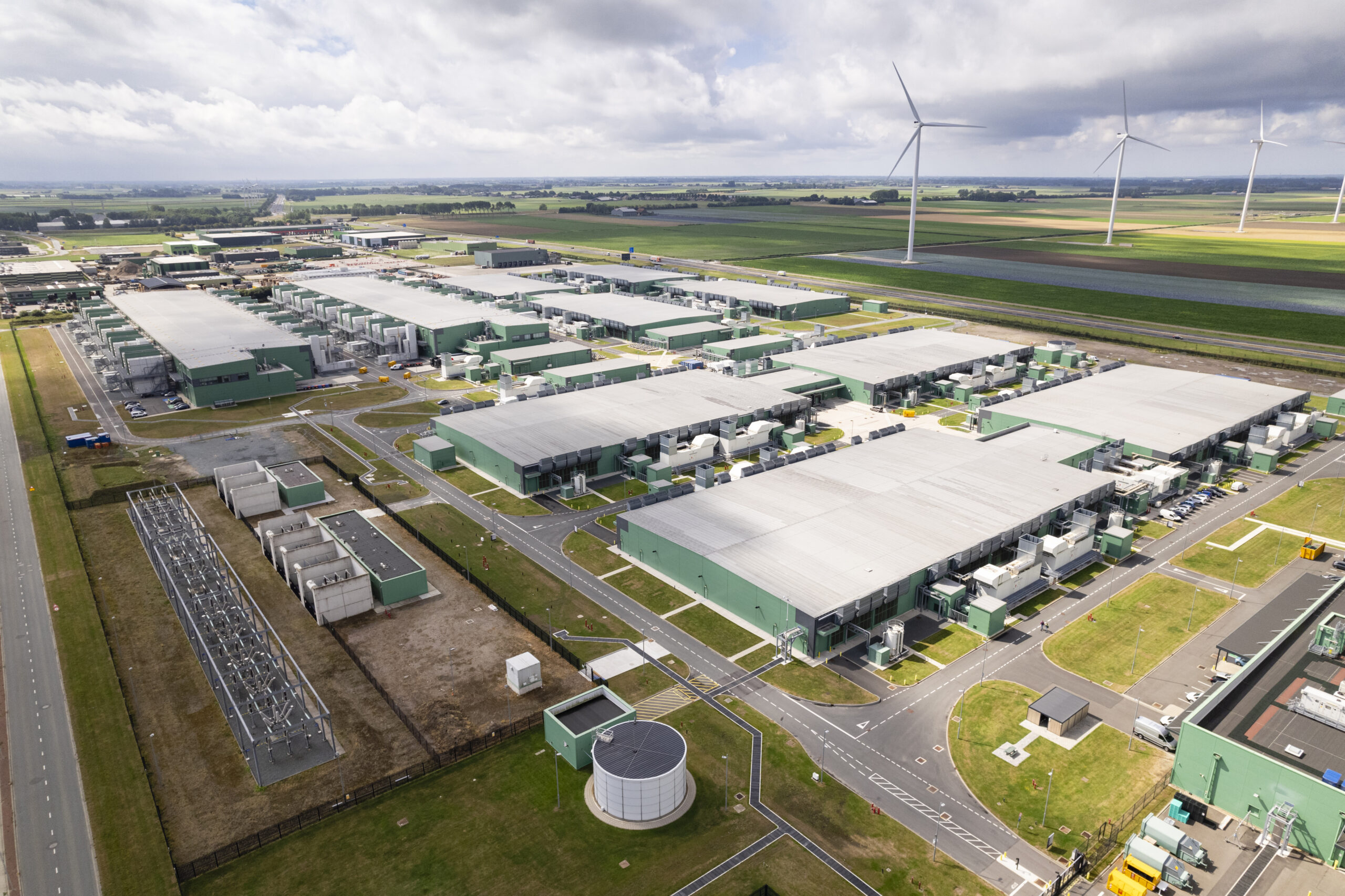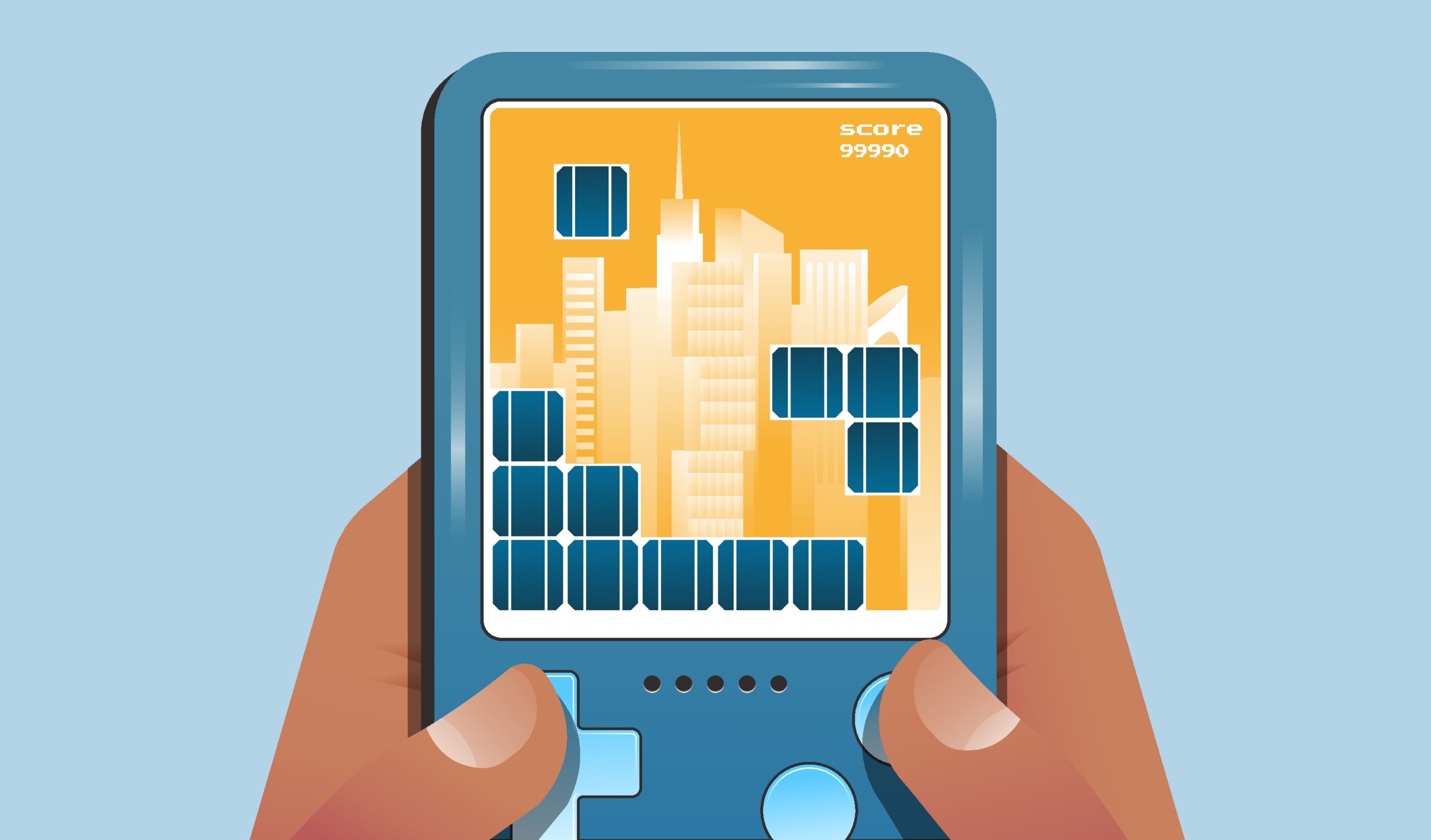According to Goldman Sachs, AI is poised to drive a 160% increase in power usage for data centers. In response to this, before leaving office the Biden Administration signed an ambitious executive order that helps ensure much-needed infrastructure for advanced AI operations like large-scale data centers. Specifically, the executive order connects large-scale AI operations with clean energy facilities to help alleviate this high demand. As such, this executive order addresses the high demand that AI and data centers drive, as well as the long grid interconnection queue that plagues so many renewable energy projects. For now, though, AI and data centers are driving energy demand like never before. Fortunately, demand flexibility initiatives can help meet demand without the need for costly infrastructure upgrades, allowing utilities to meet electric needs while defraying high peak energy market costs.
Power Drain: Why So Much Demand?
AI and data centers require consistent temperatures and clean, dry environments to thrive. Cloud computing, streaming services, and research projects require a substantial amount of computing power to function, primarily as part of the coolant system to moderate temperatures on server farms. Because AI and data centers play and will increasingly play a critical part in economic development; analysts believe data center capacity will rise between 19-22% by 2030, which will reach an annual demand of 171-219 gigawatts. This growth could lead to electric demands for AI and data centers that could exceed the electric demand of entire cities. In fact, some analysts expect AI and data center costs to grow beyond $100b in annual capex in order to meet increased demand.
Managing Limited Demand
Numerous demand flexibility initiatives can help manage large-scale data center projects, including conservation strategies like demand response or BYOD programs or redistributing solar and battery storage assets back into the grid as part of a virtual power plant. Demand response and BYOD programs leverage behind-the-meter distributed energy resource (DER) assets including solar, battery energy storage systems, electric vehicles and EVSE chargers, and smart devices like thermostats and water heaters. These otherwise disparate DER assets are managed by a Grid-Edge distributed energy resource management system (DERMS), which aggregates behind-the-meter DERs in demand flexibility initiatives.
– Syd Bishop, Sr. Content Specialist, Virtual Peaker
According to the Department of Energy (DOE), between 80-160 GWh of virtual power plant capacity is needed by 2030 to meet increasing electric demand. The DOE reports that at current, the 30-60 GWh of existing VPP capacity is largely attributable to demand response. As such, demand flexibility initiatives as a whole are crucial to meeting increasing national demand, and by participating in these programs AI and data centers can be part of the solution. Grid-Edge DERMS further supports increased VPP capacity as an all-source solution that can scale with utility operations to meet needs; because Grid-Edge DERMS supports a wide array of devices, utilities can leverage the full scope of potential on-site DER assets to help meet demand.
Demand Flexibility: Conservation
Demand response and BYOD programs are conservation strategies that shift load to off-peak periods of usage to decrease overall demand on the grid. Through these demand flexibility initiatives, utilities can conserve energy, while defraying peak energy market purchases and curtailing the need for costly infrastructure upgrades. For example, Google employs demand response to mitigate usage across their data centers. In this case, Google coordinates with grid operators utilizing real-time and historical data culled from forecasting software to inform programmatic deployments. For Google, using demand response not only decreases system strain while mitigating high energy market purchases but also enhances grid resiliency in many communities around the world.
Behavioral Demand Response
Unlike traditional demand flexibility initiatives, behavioral demand response is an energy efficiency measure that seeks to conserve energy by shifting customer behaviors. For example, in Texas bitcoin miners have been called upon in the past to shift down usage during peak periods of consumption to meet needs. In this sense, behavioral demand response is a useful rhetorical and marketing tool to help encourage preferred behaviors. Still, while ERCOT bitcoin miners have often complied, now regulators are considering different measures to manage bitcoin mining from paying bitcoin miners to minimize their power needs or potentially requiring bitcoin operations to register with the utility commission.
Enhanced Virtual Power Plant Capacity
AI and data centers have the potential to thrive during the energy transition as a massive virtual power plant; because VPPs are comprised of many DER assets, AI and data centers are ripe for demand flexibility initiatives, particularly as they leverage a wide variety of devices and device types, supported by a robust library of OEM integrations. Each data center contains numerous DER assets and can support even more through solar and battery storage units that can be used to help create the clean energy necessary to meet demand without breaking the bank. Strategically, data centers can employ virtual power plants to optimize energy use by monitoring real-time market fluctuations, enhancing grid stability and renewables integrations, generating new streams of revenue, and improving sustainability efforts.
Using Demand Flexibility to Manage Data Centers & AI Conclusion
AI and data centers are attracting serious investor attention, with an estimated $20b promised for new data centers in the U.S. These operations are a challenge to utility operations, but one that promises to persist: expect even more AI and data center growth in the future. Fortunately, AI and data centers provide a robust number of opportunities for enterprising utilities to employ demand flexibility initiatives which strengthens grid resiliency while defraying the high costs associated with infrastructure upgrades or the expensive peak energy market purchases.
Preparing now for that certainty is money in the bank for utilities, who can plan now for the challenges of tomorrow. With functionality like Topline Demand Control, which combines AI, forecasting, model predictive control, and a Grid-Edge DERMS, utilities can reliably bank exactly the energy outcomes that they need, further optimizing the potential of demand flexibility for AI and data centers. The future has never looked so bright.




